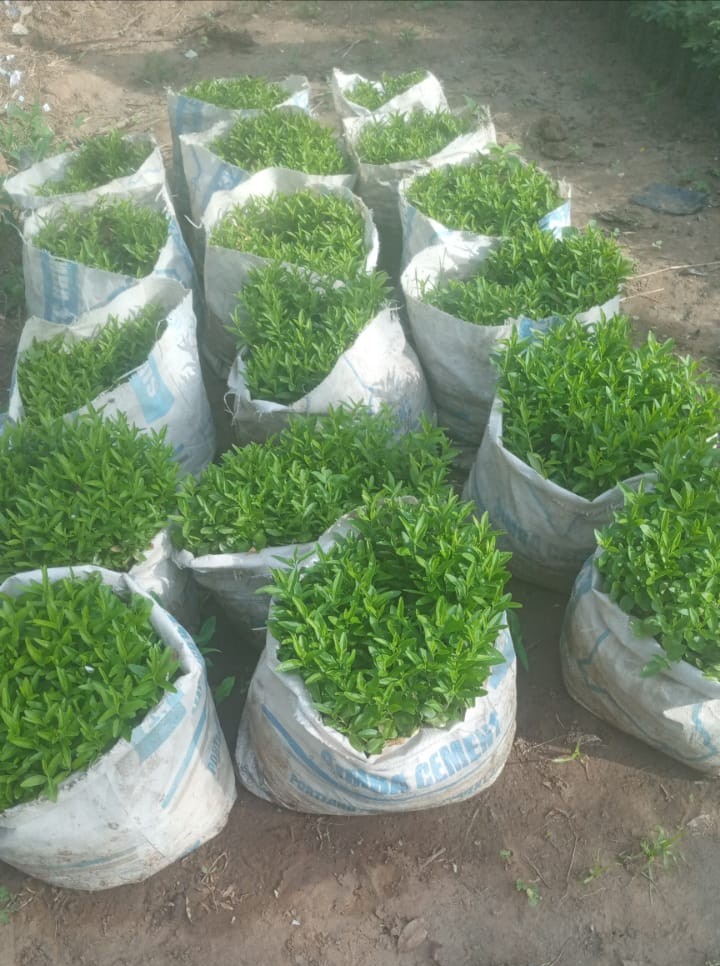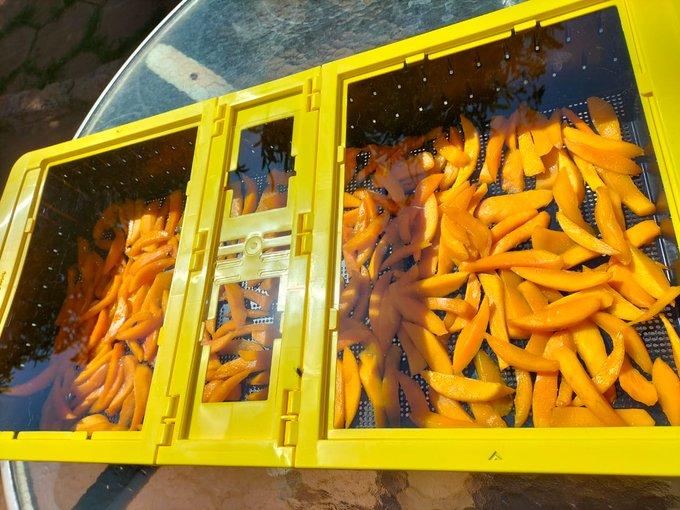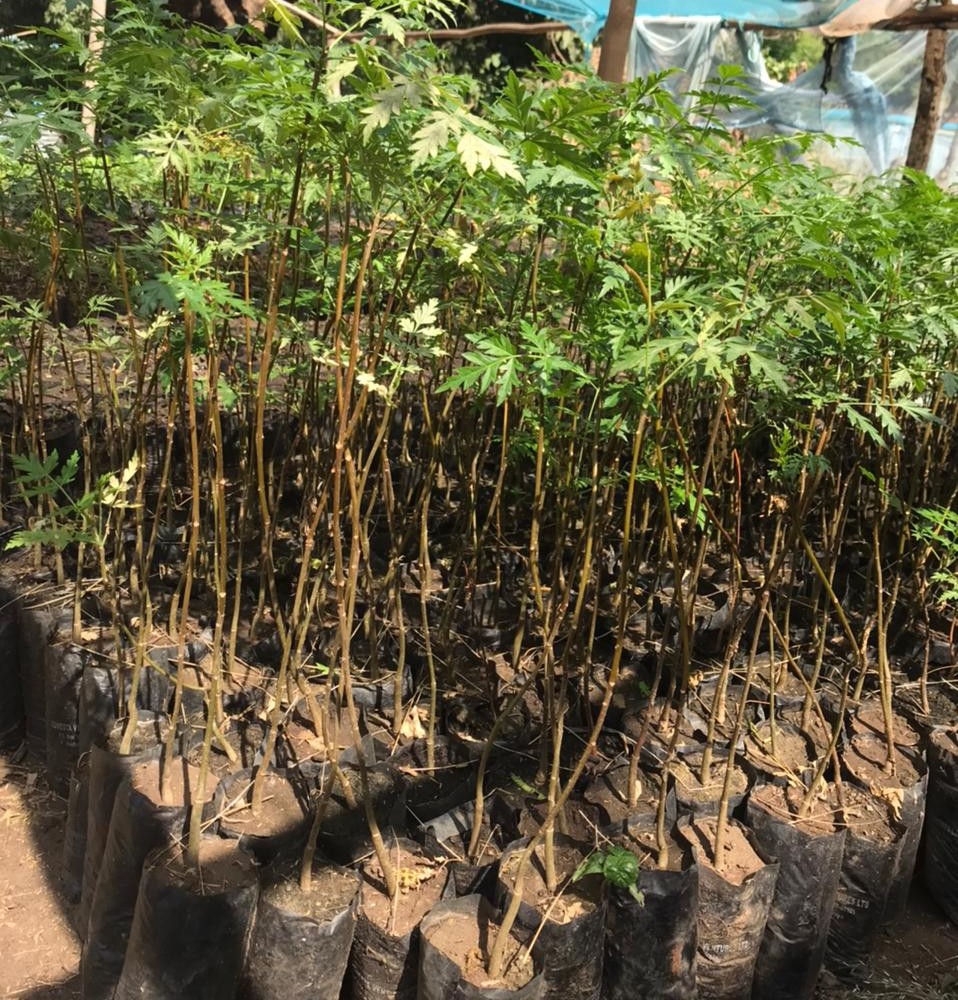




Some tips on honey and beekeeping for farmers.
Here are a few suggestions to get started:
1. Choose the right location for your beehives: Beehives should be placed in areas with plenty of flowering plants and away from areas with high human traffic. This will ensure that your bees have access to plenty of nectar and pollen, and reduce the risk of stings to people.
2. Provide clean water: Bees need a source of clean water, especially during dry seasons. You can set up a small water source near your beehives to ensure that your bees have access to water.
3. Use protective gear: Beekeeping can be dangerous if you don't take the necessary precautions. Wear protective clothing, including a beekeeper's suit, gloves, and a veil, when working with your bees.
4. Start with a small number of hives: If you're new to beekeeping, it's best to start with a small number of hives and gradually increase as you gain more experience.
5. Regularly inspect your hives: Regular inspections will help you identify any potential problems with your hives, such as diseases or pests. It's recommended to inspect your hives at least once a month.
6. Harvest honey at the right time: Harvesting honey too early can result in a lower yield, while harvesting too late can result in honey that is too thick and difficult to extract. The best time to harvest honey is when the honeycomb is capped and the honey has a moisture content of around 18%.
7. Store honey properly: Once you've harvested your honey, it's important to store it properly to prevent it from spoiling. Store your honey in a cool, dry place in sealed jars or containers.
By following these tips, you can increase your chances of success in beekeeping and produce high-quality honey. Good luck!
Comments